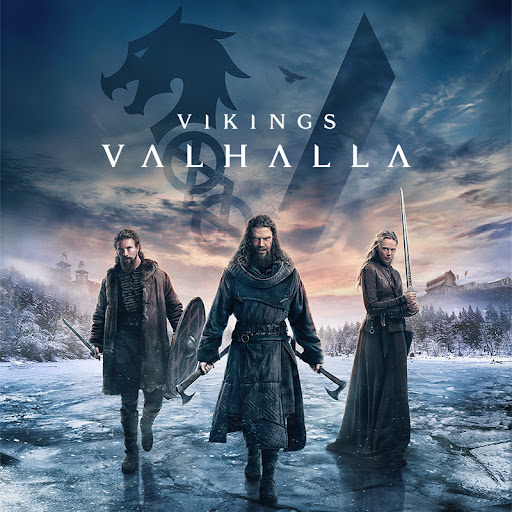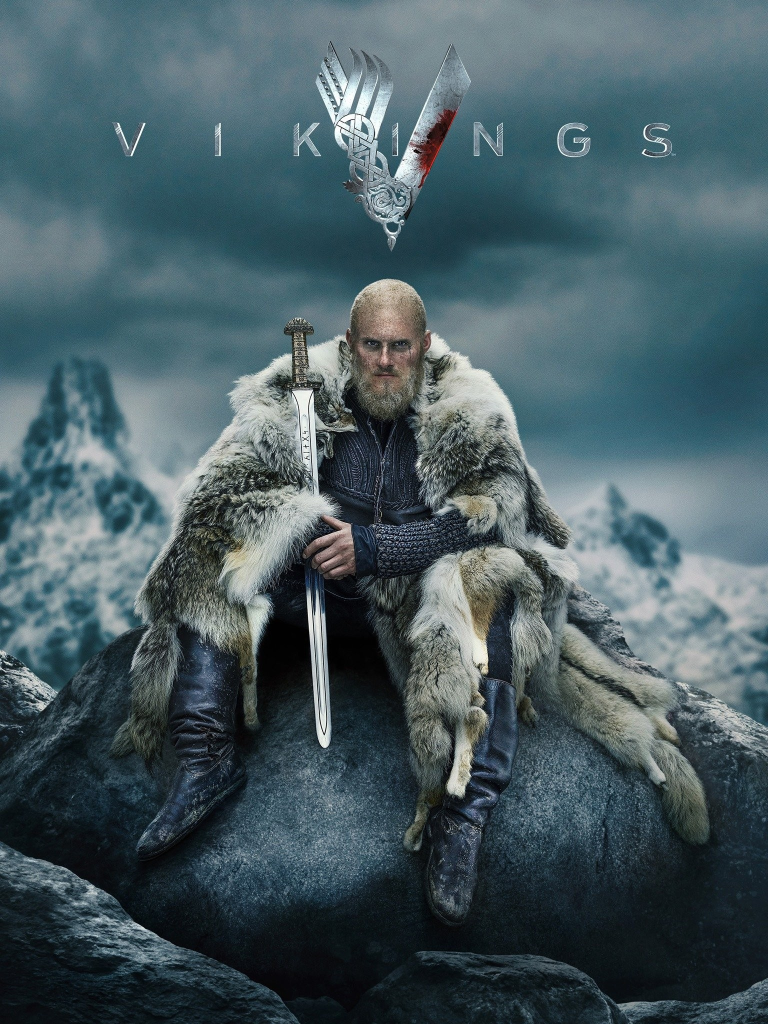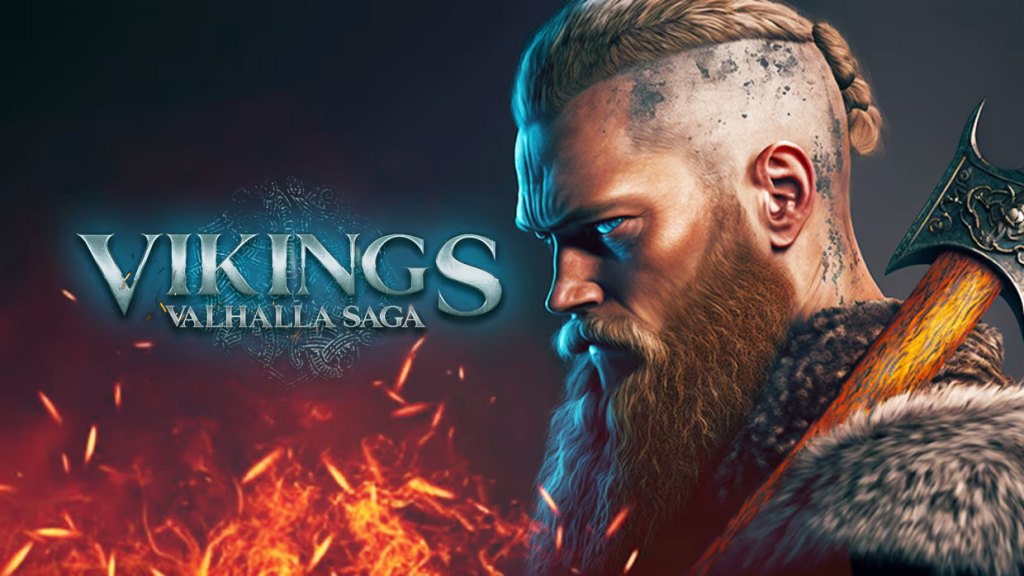Vikings (Original title: Vikings)

Comprehensive Introduction to The Vikings (1958): A Swashbuckling Epic of Norse Adventure
Overview
The Vikings (1958), directed by Richard Fleischer, is a landmark American epic historical fiction film that captures the brutal yet captivating world of Norse warriors in the 9th century. Produced by and starring Kirk Douglas through his Brynaprod company, alongside Tony Curtis, Janet Leigh, and Ernest Borgnine, the film is a vibrant blend of adventure, romance, and action. Filmed in Technirama and printed in Technicolor, it uses stunning locations in Norway and Brittany, France, to portray Viking life with a degree of authenticity. Based on Edison Marshall’s 1951 novel The Viking, inspired by the sagas of Ragnar Lodbrok, The Vikings weaves a fictional tale of rivalry and heroism. This article explores its plot, production, historical context, cultural impact, and legacy.

Plot Summary
Set around 900 CE, the film follows half-brothers Einar (Kirk Douglas) and Eric (Tony Curtis), unaware of their shared lineage. Their father, Ragnar (Ernest Borgnine), a Viking chieftain, kills the Northumbrian king and rapes Queen Enid, who bears Eric. Enid sends Eric to Italy for safety, but he is enslaved by Vikings. Twenty years later, Northumbrian King Aella (Frank Thring) plans to marry Welsh princess Morgana (Janet Leigh). Eric, a slave, scars Einar’s face, igniting a feud. Einar kidnaps Morgana, who loves Eric. Eric delivers Ragnar to Aella, who dies heroically in a wolf pit. Eric loses a hand but rallies the Vikings to storm Aella’s castle (Fort-la-Latte). In the final duel, Morgana reveals the brothers’ bond; Einar hesitates, and Eric kills him. Einar receives a Viking funeral, and Eric unites with Morgana.

Production and Filmmaking
- Direction and Cinematography: Fleischer and cinematographer Jack Cardiff used Technicolor and Technirama to capture Norway’s fjords and Brittany’s Fort-la-Latte. The Bayeux Tapestry-inspired opening, narrated by Orson Welles, sets an epic tone.
- Authenticity: Three drakkars were built based on Oslo’s Viking Ship Museum designs. Norwegian locations and Swedish folk tunes in Mario Nascimbene’s score added realism. Costumes avoided horned helmets, favoring historical designs.
- Challenges: Remote filming and complex stunts, like the castle siege, tested the crew. Douglas performed dangerous sequences, enhancing the film’s visceral impact.
Historical Context and Accuracy

Drawing from Ragnar Lodbrok’s sagas and Aella’s historical death (867 CE), the film fictionalizes events. It captures Viking raiding and seafaring but exaggerates brutality. Strengths include accurate ships and Norse rituals; weaknesses include anachronistic characters and oversimplified Viking identity. Critics noted its “Norse Opera” melodrama but praised authenticity efforts.
Themes and Characters
- Brotherhood: Einar and Eric’s rivalry, resolved tragically, explores familial bonds. Douglas’ bold Einar contrasts Curtis’ resilient Eric.
- Love: Morgana’s romance with Eric and courage add depth.
- Power: Aella’s betrayal and Viking loyalty highlight political tensions.
Cultural Impact and Legacy

Grossing $13.2 million globally, The Vikings was a 1958 hit, influencing films like The Long Ships and inspiring Tales of the Vikings (1959–1960). Its action sequences and Viking archetype shaped the genre, seen in The Northman and Vikings (2013–2020). IMDb’s 7.0/10 rating and AlloCiné’s “cult classic” status reflect enduring appeal.
Why Watch Today?
The Vikings offers stunning visuals, iconic performances, and thrilling action. Its blend of history and myth makes it a foundational Viking film, appealing to fans of classic Hollywood and Norse lore.

Conclusion
The Vikings (1958) is a swashbuckling epic that balances spectacle with Norse authenticity. Its legacy as a genre pioneer endures, making it essential viewing for adventure and history enthusiasts.